Home>Furniture & Design>Living Room Furniture>How To Fix A Recliner That Leans To One Side
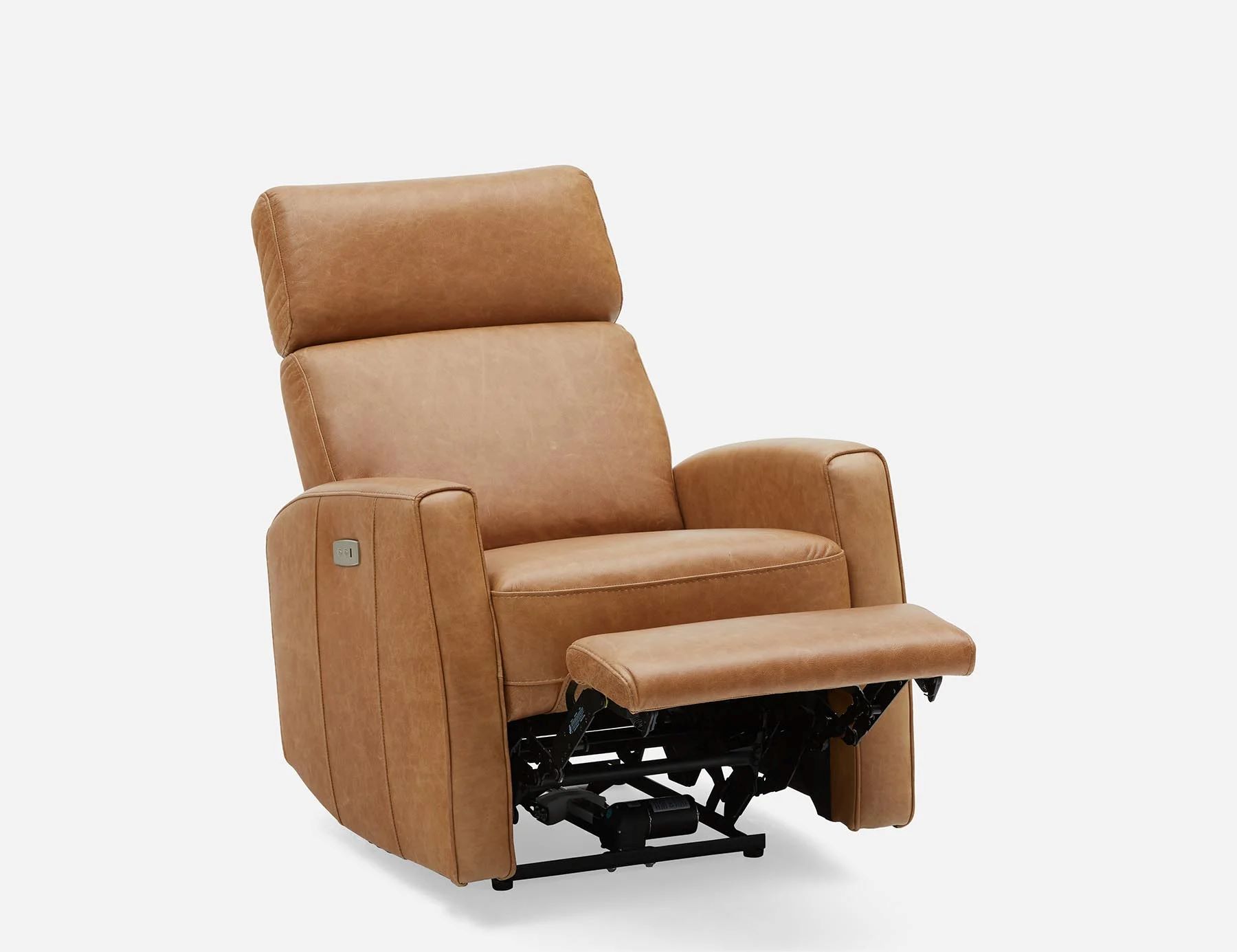

Living Room Furniture
How To Fix A Recliner That Leans To One Side
Modified: October 20, 2024
Learn how to fix a recliner that leans to one side with our expert tips and tricks. Get your living room furniture back in top shape with our easy-to-follow guide.
(Many of the links in this article redirect to a specific reviewed product. Your purchase of these products through affiliate links helps to generate commission for Storables.com, at no extra cost. Learn more)
Introduction
A recliner is a beloved piece of furniture in many households, offering unparalleled comfort and relaxation. However, over time, it's not uncommon for a recliner to develop issues, such as leaning to one side. This can be frustrating and uncomfortable, disrupting the overall enjoyment of the recliner. Fortunately, there are several methods to address this problem and restore the recliner to its optimal functionality.
In this comprehensive guide, we will explore the various techniques and troubleshooting steps to fix a recliner that leans to one side. Whether you're a seasoned DIY enthusiast or a novice in the realm of furniture repair, this article will provide you with the knowledge and confidence to tackle this common issue.
By understanding the underlying causes of a leaning recliner and learning how to rectify them, you can prolong the lifespan of your beloved furniture and continue to revel in its luxurious comfort. So, let's delve into the troubleshooting process and discover the effective solutions to resolve the leaning issue, allowing you to reclaim the full functionality and comfort of your recliner.
Key Takeaways:
- 1. Keep it Tight: Check for loose screws and bolts and tighten them to restore your recliner’s stability. This simple fix can eliminate the annoying lean and ensure a comfortable seating experience.
- 2. Smooth Moves: Regularly lubricate the recliner’s mechanism to reduce friction and prevent leaning. A little maintenance goes a long way in keeping your recliner balanced and comfy.
Identifying the Issue
Before delving into the troubleshooting and repair process, it's crucial to accurately identify the root cause of the recliner leaning to one side. This initial step sets the foundation for effectively addressing the issue and implementing the appropriate solution. Several factors can contribute to a recliner's imbalance, and a systematic approach to identifying the issue is essential.
First and foremost, observe the recliner from various angles to ascertain the extent of the leaning. Take note of whether the recliner tilts to the left or right and the degree of the tilt. This visual assessment provides valuable insight into the nature of the problem and aids in formulating a targeted plan for rectification.
Next, test the recliner by sitting in it and paying attention to any noticeable shifts or unevenness in the seating position. This hands-on evaluation can reveal specific areas of discomfort or instability, further narrowing down the potential causes of the leaning issue.
Furthermore, inspect the recliner's mechanical components, including the frame, base, and reclining mechanism. Look for any visible signs of wear and tear, such as loose screws, damaged springs, or misaligned parts. Additionally, check the upholstery for any irregularities or deformities that may be contributing to the recliner's imbalance.
It's also essential to consider the history of the recliner's usage and any recent incidents that may have impacted its stability. For instance, if the recliner has been subjected to excessive weight or sudden movements, it could have resulted in structural misalignment or component damage.
Moreover, take into account the age of the recliner and the frequency of maintenance it has received. Over time, regular wear and tear can take a toll on the structural integrity of the recliner, leading to issues such as leaning to one side.
By meticulously identifying the specific factors contributing to the recliner's imbalance, you can gain a comprehensive understanding of the underlying issue. This in-depth assessment serves as a solid foundation for proceeding with the subsequent steps of troubleshooting and implementing targeted solutions to rectify the leaning problem effectively.
Checking for Loose Screws and Bolts
One of the primary culprits behind a recliner leaning to one side is the presence of loose screws and bolts within its structure. Over time, the constant use of the recliner, coupled with natural wear and tear, can cause the fasteners to become loose, compromising the overall stability of the furniture.
To address this issue, begin by carefully inspecting the exterior and underside of the recliner for any visible screws and bolts. Utilize a flashlight if necessary to ensure thorough visibility, as some fasteners may be tucked away in inconspicuous locations. Once located, gently attempt to tighten each screw and bolt using the appropriate tools, such as a screwdriver or wrench.
Pay close attention to the areas where the recliner's frame connects to the base, as well as the joints of the reclining mechanism. These are common areas where loose fasteners can significantly impact the recliner's stability and contribute to the leaning problem.
While tightening the screws and bolts, be mindful of the amount of force applied to avoid overtightening, which can potentially strip the threads or damage the fasteners. Additionally, take note of any stripped or damaged screws that may require replacement to ensure a secure and durable fix.
After securing all visible screws and bolts, test the recliner by gently rocking and shifting its position to assess whether the leaning issue has been alleviated. If the recliner's stability has improved and the leaning is less pronounced, the loose screws and bolts may have been the primary cause of the imbalance.
However, if tightening the fasteners does not yield a noticeable improvement, it is advisable to proceed with the subsequent troubleshooting steps to thoroughly address the recliner's leaning issue.
By meticulously checking for loose screws and bolts and taking proactive measures to tighten and secure them, you can effectively eliminate a common underlying cause of a recliner leaning to one side. This meticulous attention to detail and proactive maintenance not only restores the recliner's stability but also contributes to its long-term durability and performance.
Adjusting the Tension Springs
Tension springs play a pivotal role in the functionality of a recliner, contributing to the smooth operation of the reclining mechanism and the overall balance of the chair. When tension springs are misaligned or improperly adjusted, they can lead to a recliner leaning to one side, causing discomfort and inconvenience for the user. Therefore, understanding how to adjust the tension springs is essential in rectifying this common issue.
To begin the process of adjusting the tension springs, it is crucial to locate the springs within the recliner's mechanism. Typically, tension springs are situated on both sides of the recliner, connecting the footrest and the backrest to the frame. These springs are responsible for maintaining the equilibrium of the recliner and ensuring that it reclines and returns to an upright position smoothly.
Once the tension springs are identified, carefully examine their positioning and alignment. In some cases, a recliner may lean to one side due to one tension spring being tighter or looser than the other. This imbalance can result in an uneven distribution of tension, causing the recliner to tilt when in use.
To address this issue, the tension springs can be adjusted using the appropriate tools, such as a wrench or pliers, depending on the specific design of the recliner. By gradually tightening or loosening the tension springs on the affected side, the balance of the recliner can be restored, mitigating the leaning problem.
When adjusting the tension springs, it is essential to make incremental changes and test the recliner's functionality after each adjustment. This iterative approach allows for precise fine-tuning, ensuring that the tension springs are calibrated to achieve optimal balance and stability.
Furthermore, it is advisable to refer to the recliner's manual or manufacturer's guidelines, if available, for specific instructions on adjusting the tension springs. These resources can provide valuable insights into the recommended adjustments and maintenance procedures tailored to the recliner's design and mechanism.
After making the necessary adjustments to the tension springs, test the recliner by reclining and returning it to an upright position. Observe whether the leaning issue has been alleviated and whether the recliner maintains a balanced posture during use. If the recliner's stability has improved and the leaning is less pronounced, the adjustment of the tension springs has likely contributed to rectifying the imbalance.
By understanding the significance of tension springs and mastering the art of adjusting them, you can effectively address a recliner leaning to one side, restoring its equilibrium and ensuring a comfortable and balanced seating experience. This proactive approach to maintaining the tension springs not only resolves the immediate issue but also enhances the overall performance and longevity of the recliner.
Check the recliner’s base and make sure all the screws and bolts are tight. If they are loose, tighten them with a screwdriver or wrench. This can often fix the issue of a recliner leaning to one side.
Lubricating the Mechanism
Lubricating the recliner's mechanism is a crucial maintenance task that can significantly impact its performance and longevity. Over time, the moving components of a recliner, including the reclining mechanism and swivel base, can experience friction and wear, leading to stiffness and reduced functionality. This can manifest as a recliner leaning to one side, as the lack of proper lubrication impedes the smooth operation of the mechanism.
To initiate the lubrication process, it is essential to identify the key moving parts of the recliner's mechanism. This typically includes the pivot points, hinges, and any areas where metal components interact during the reclining and swiveling actions. Once these components are identified, it's time to select the appropriate lubricant for the task.
When choosing a lubricant for the recliner's mechanism, opt for a high-quality, multi-purpose lubricating oil or silicone-based lubricant. These types of lubricants are specifically formulated to reduce friction, protect metal surfaces, and ensure smooth movement without attracting dust or debris. Avoid using general-purpose oils or greases, as they may not provide the desired level of protection and can attract dirt, potentially exacerbating the issue.
Before applying the lubricant, thoroughly clean the identified moving parts using a soft, lint-free cloth to remove any existing debris, dust, or old lubricant residue. This preparatory step ensures that the lubricant can adhere effectively to the metal surfaces, maximizing its lubricating properties.
Once the components are clean, apply a moderate amount of the selected lubricant to the pivot points, hinges, and other relevant areas of the recliner's mechanism. Exercise caution to avoid over-lubricating, as excessive lubricant can lead to messy residue buildup and may not improve the recliner's functionality.
After applying the lubricant, manually operate the recliner to distribute the lubricant evenly across the moving parts. This action helps to ensure that the lubricant penetrates and coats the surfaces, reducing friction and promoting smooth, effortless movement.
Following the lubrication process, test the recliner's functionality by reclining and returning it to an upright position. Observe whether the previously experienced leaning issue has been mitigated and whether the recliner exhibits improved balance and ease of movement. If the recliner's stability has notably improved, the lubrication of the mechanism has likely played a pivotal role in rectifying the imbalance.
By prioritizing the regular lubrication of the recliner's mechanism, you can proactively maintain its smooth operation and prevent issues such as leaning to one side. This simple yet impactful maintenance task not only resolves immediate concerns but also contributes to the overall comfort, functionality, and longevity of the recliner, ensuring continued enjoyment for years to come.
Read more: How To Fix A Leaning Recliner
Inspecting the Frame and Base
Inspecting the frame and base of a recliner is a critical step in troubleshooting and addressing the issue of the recliner leaning to one side. The frame and base serve as the foundational support structure for the entire recliner, and any structural irregularities or damage in these components can directly contribute to the imbalance and instability experienced during use.
To begin the inspection, carefully examine the frame of the recliner, paying close attention to the joints, welds, and overall integrity of the structure. Look for any visible signs of warping, bending, or misalignment, as these issues can result in the recliner leaning to one side. Additionally, inspect the weld points for any cracks or weaknesses that may compromise the structural stability of the frame.
Next, direct your attention to the base of the recliner, including the legs, swivel mechanism (if applicable), and any supporting components. Ensure that the legs are securely attached to the frame and that they are level and evenly positioned. Any discrepancies in the alignment or stability of the legs can lead to the recliner tilting to one side, causing discomfort and inconvenience for the user.
Furthermore, if the recliner features a swivel base, thoroughly examine the swivel mechanism for smooth operation and structural integrity. Check for any obstructions or irregularities that may impede the swiveling action, as well as any signs of wear or damage to the swivel components.
In addition to visual inspection, it is advisable to physically test the stability of the frame and base by gently rocking and shifting the recliner. Pay attention to any creaking sounds, wobbling, or uneven movement, as these indicators can point to underlying issues within the frame and base.
If any structural irregularities or damage are identified during the inspection, it is essential to take prompt action to address these concerns. Depending on the nature and severity of the issues, this may involve reinforcing weak weld points, realigning misaligned components, or replacing damaged legs or swivel mechanisms.
By meticulously inspecting the frame and base of the recliner, you can gain valuable insights into the root causes of the leaning issue and take proactive measures to rectify them. This thorough assessment serves as a crucial step in restoring the recliner's stability and ensuring a comfortable and balanced seating experience for the user.
Replacing Worn Out Parts
Over time, the components of a recliner can undergo wear and tear, leading to diminished functionality and structural integrity. When a recliner leans to one side, worn out parts within its mechanism or frame may be a contributing factor. Identifying and replacing these worn out parts is a crucial step in restoring the recliner to its optimal condition and ensuring a balanced and comfortable seating experience.
The process of replacing worn out parts begins with a comprehensive assessment of the recliner's mechanical and structural elements. This includes examining the reclining mechanism, springs, hinges, and any other moving parts that may have deteriorated due to prolonged use. Additionally, inspect the frame, base, and legs for signs of damage or fatigue that could be causing the recliner to lean.
Once the worn out parts have been identified, it is essential to source high-quality replacement components that are compatible with the specific make and model of the recliner. This may involve consulting the recliner's manual or reaching out to the manufacturer or authorized dealers to procure the appropriate replacement parts.
Common worn out parts that may need replacement include tension springs, reclining mechanism components, damaged hinges, or compromised structural elements within the frame. It is crucial to prioritize the use of genuine replacement parts to ensure compatibility and optimal performance, avoiding generic or substandard alternatives that may compromise the recliner's functionality.
When replacing worn out parts, it is advisable to follow the manufacturer's guidelines and recommended procedures to ensure a precise and effective replacement process. This may involve disassembling the affected areas of the recliner, removing the worn out parts, and carefully installing the new components with meticulous attention to detail.
After the replacement parts have been installed, thoroughly test the recliner to assess its stability and functionality. Recline and return the chair to an upright position, observing whether the leaning issue has been resolved and whether the recliner maintains a balanced posture during use. Additionally, conduct a thorough inspection of the replaced components to confirm their proper installation and seamless integration within the recliner's structure.
By proactively identifying and replacing worn out parts, you can effectively address the underlying causes of a recliner leaning to one side, restoring its equilibrium and ensuring a comfortable and stable seating experience. This meticulous approach to maintenance and component replacement contributes to the longevity and performance of the recliner, allowing you to continue enjoying its luxurious comfort for years to come.
Conclusion
In conclusion, addressing a recliner that leans to one side requires a systematic approach that encompasses thorough inspection, proactive maintenance, and targeted troubleshooting techniques. By meticulously identifying the underlying causes of the imbalance and implementing the appropriate solutions, individuals can restore the recliner to its optimal functionality and enjoy uninterrupted comfort.
Throughout this comprehensive guide, we have explored various methods to rectify the leaning issue, starting with the crucial step of identifying the root cause. Whether it involves loose screws and bolts, misaligned tension springs, inadequate lubrication, or worn out components, each potential factor contributing to the recliner's imbalance has been meticulously addressed.
From checking for loose screws and bolts to adjusting the tension springs, lubricating the mechanism, inspecting the frame and base, and replacing worn out parts, each troubleshooting step plays a pivotal role in restoring the recliner's stability and ensuring a balanced seating experience.
By emphasizing proactive maintenance and meticulous attention to detail, individuals can not only resolve the immediate issue of a leaning recliner but also contribute to its long-term durability and performance. Regular inspection, lubrication, and component replacement are essential practices that can prevent future issues and prolong the lifespan of the recliner.
Furthermore, understanding the significance of each component within the recliner's structure and mechanism empowers individuals to take a hands-on approach to maintenance and repair, fostering a deeper appreciation for the intricacies of this beloved piece of furniture.
Ultimately, by following the guidelines outlined in this guide and approaching the troubleshooting process with patience and precision, individuals can reclaim the full functionality and comfort of their recliner, ensuring that it remains a cherished and reliable source of relaxation for years to come.
Frequently Asked Questions about How To Fix A Recliner That Leans To One Side
Was this page helpful?
At Storables.com, we guarantee accurate and reliable information. Our content, validated by Expert Board Contributors, is crafted following stringent Editorial Policies. We're committed to providing you with well-researched, expert-backed insights for all your informational needs.
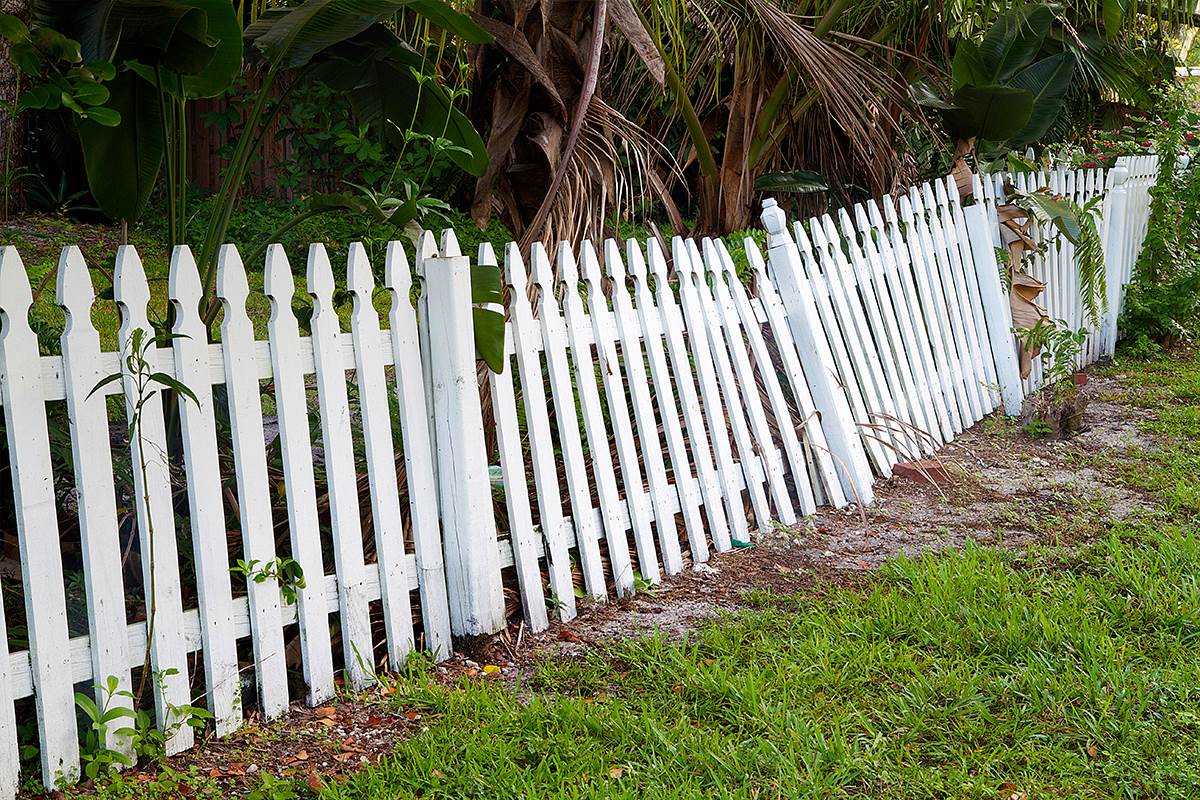
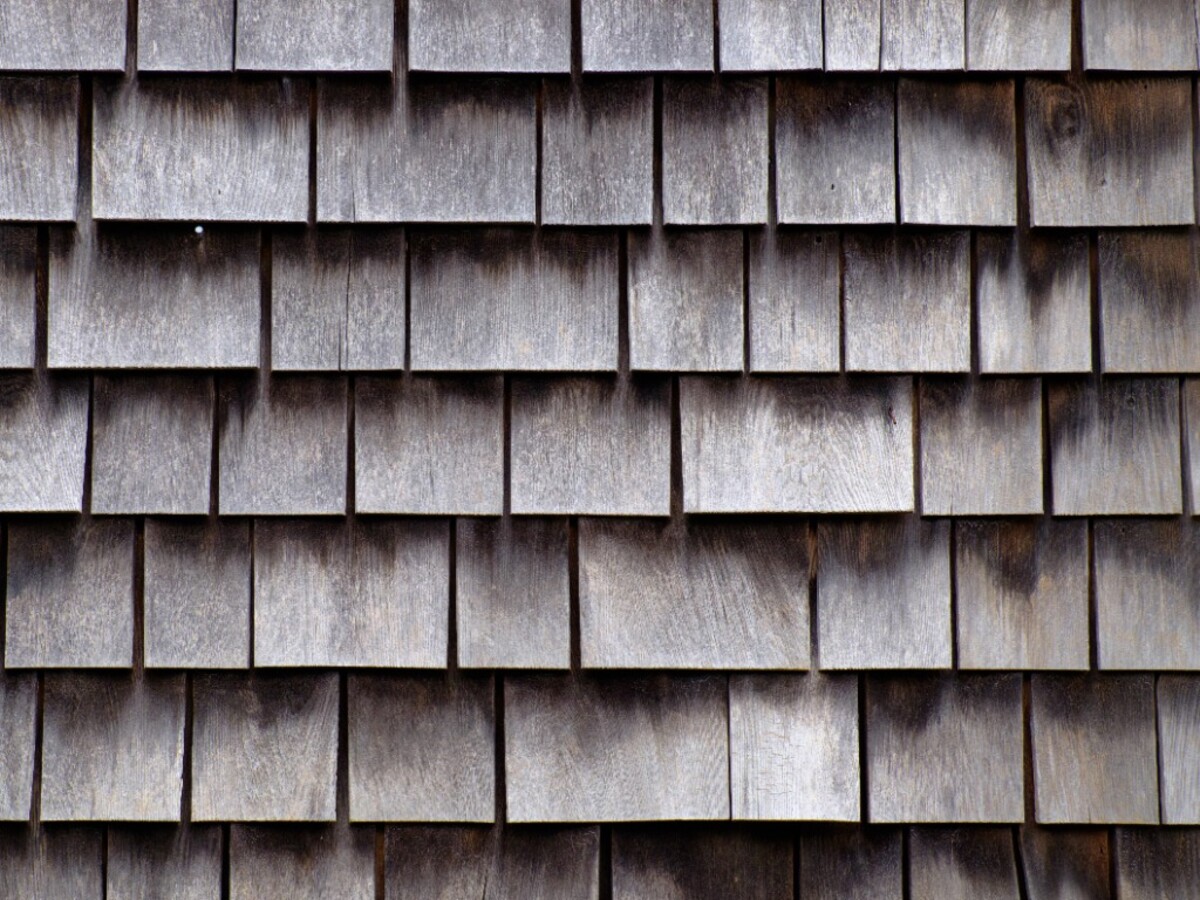
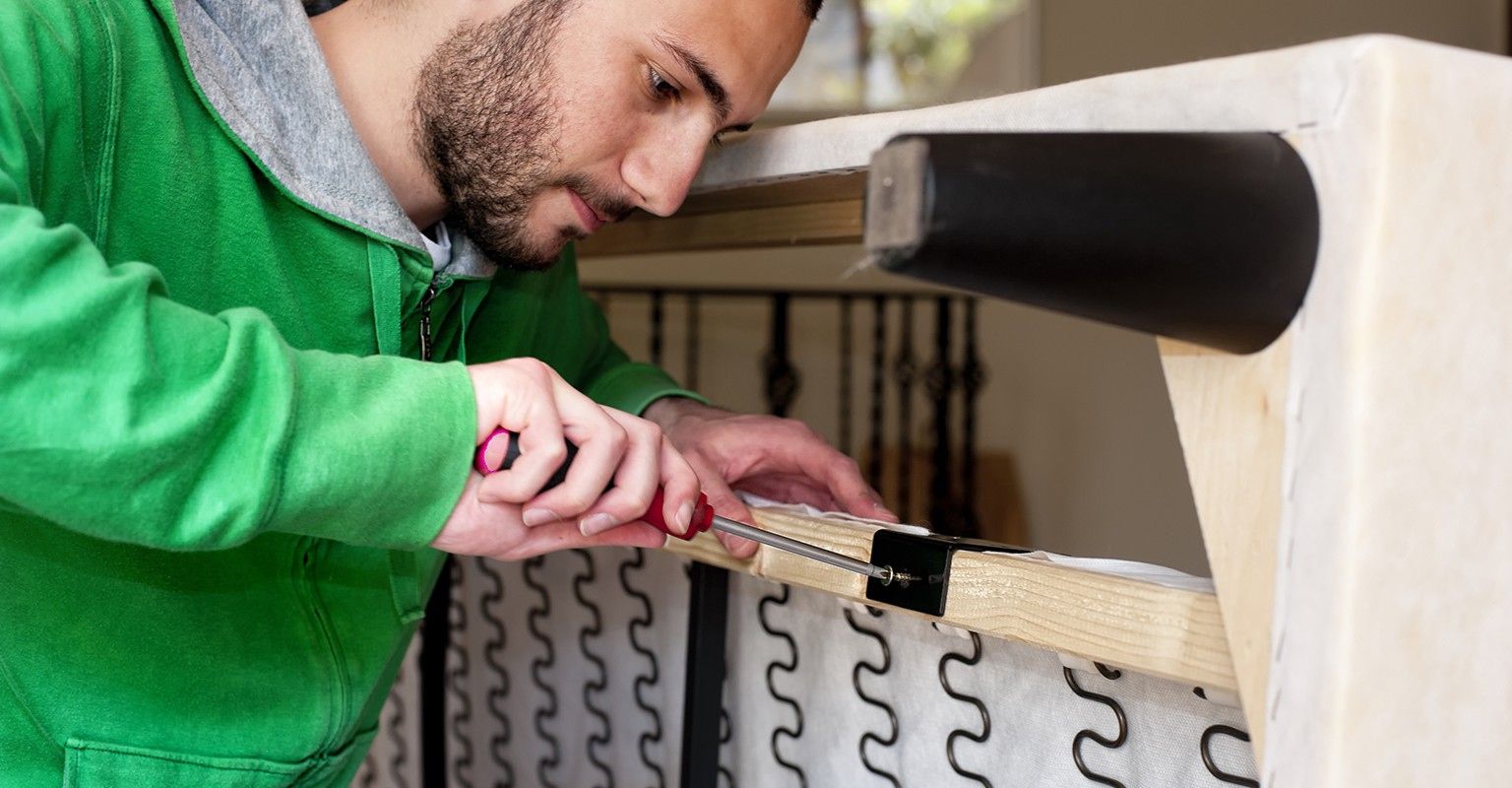
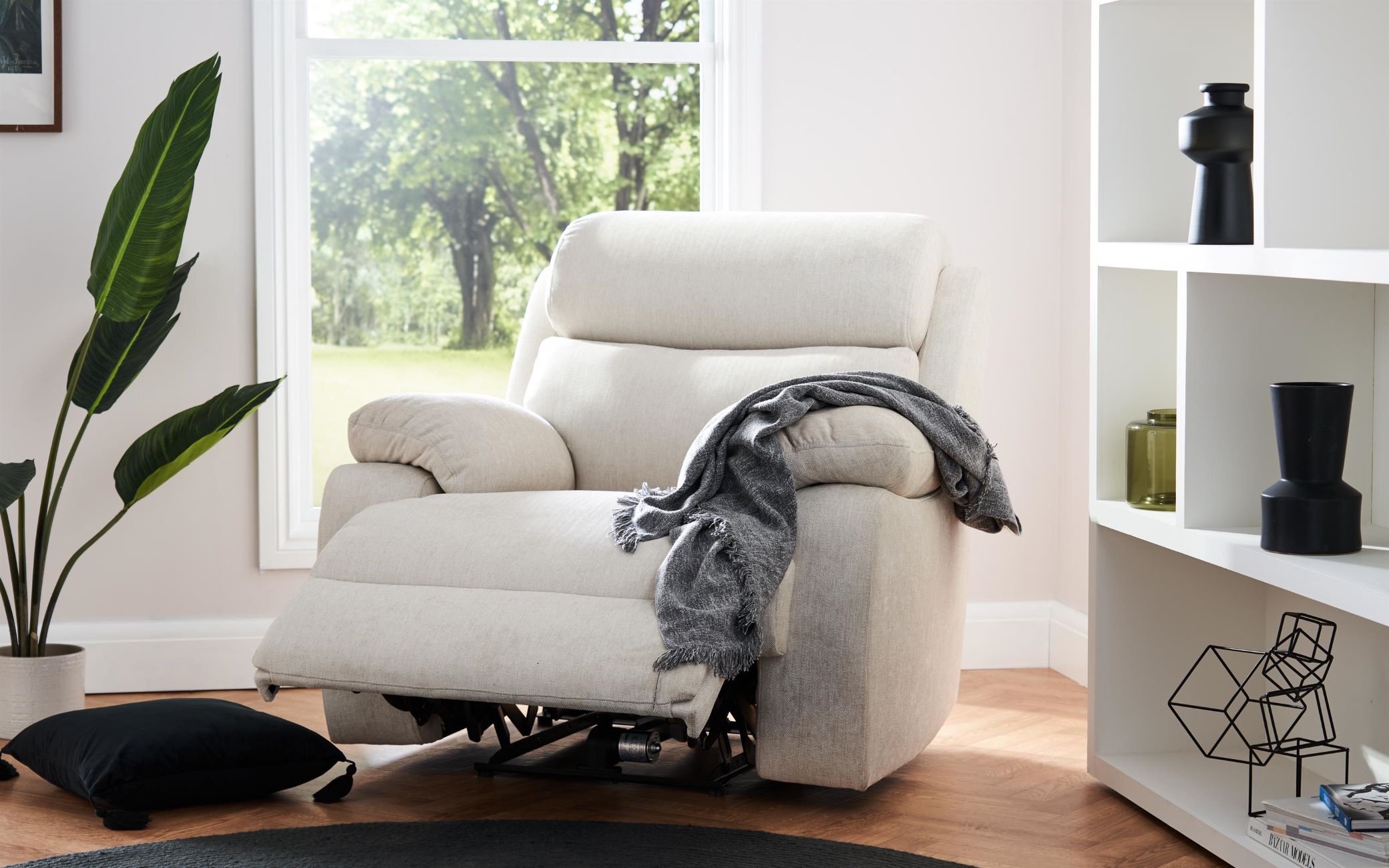
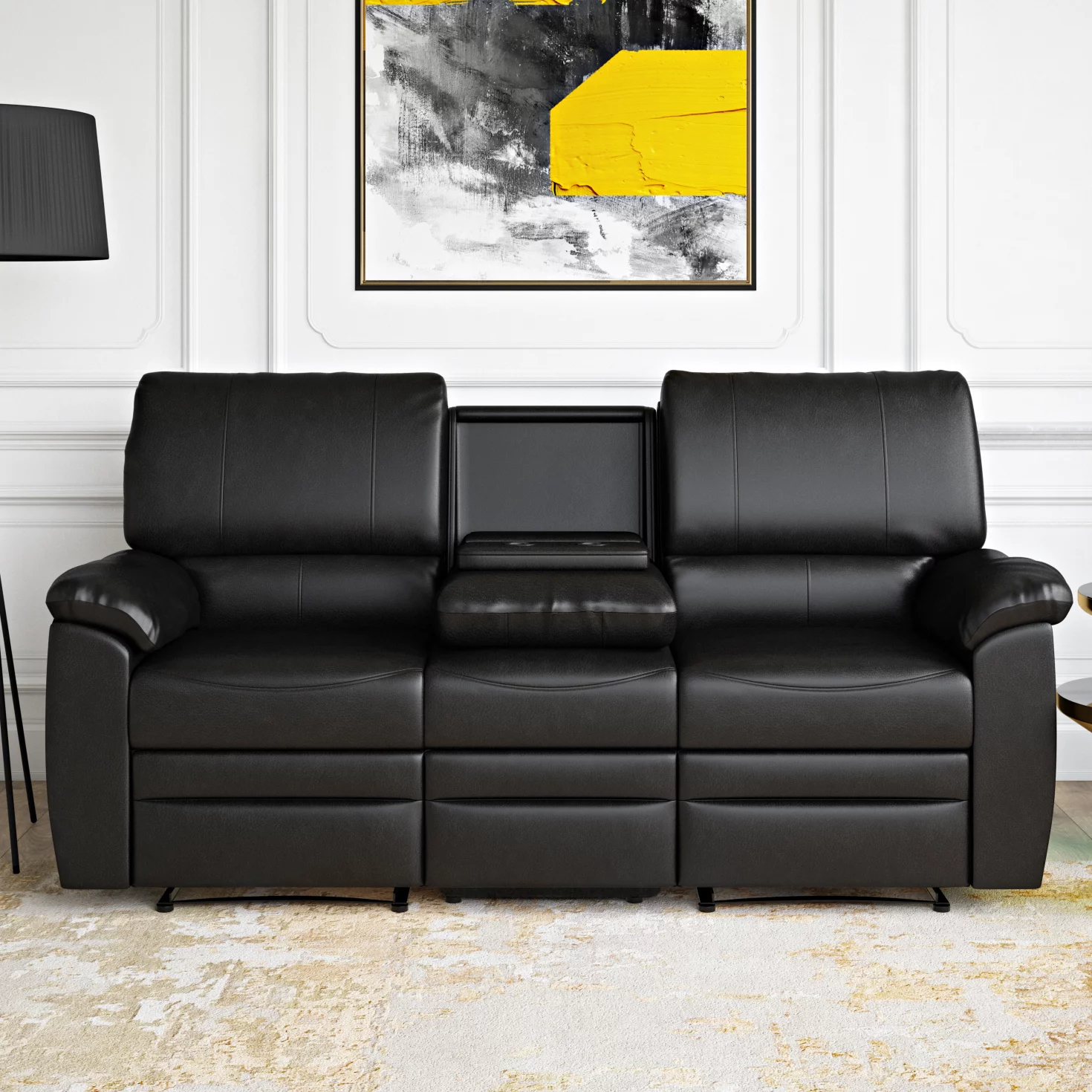
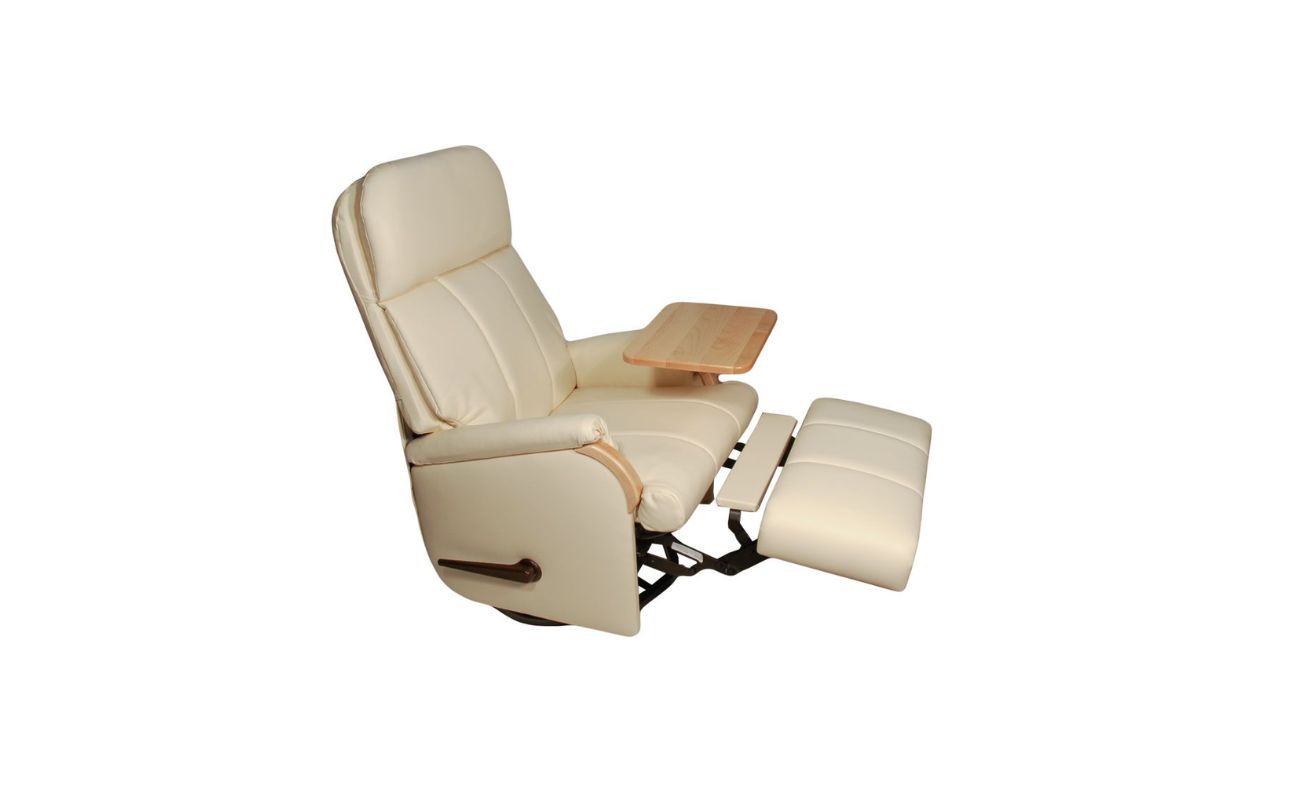
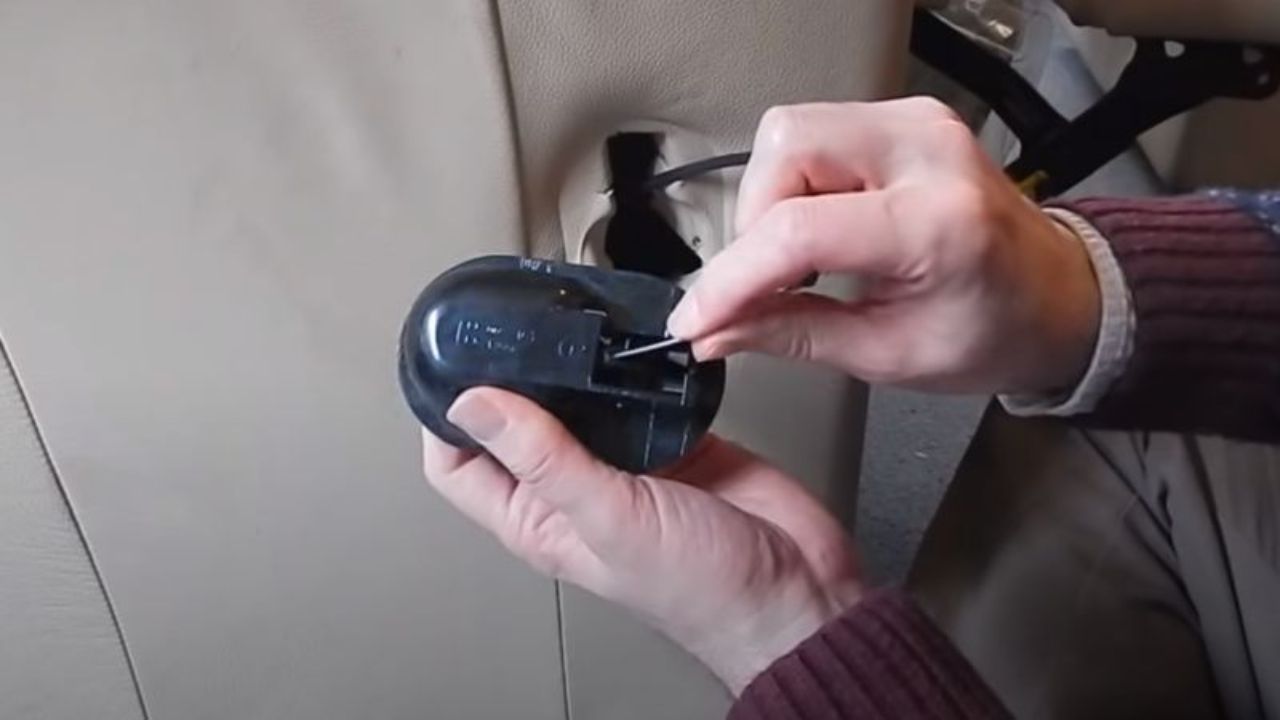
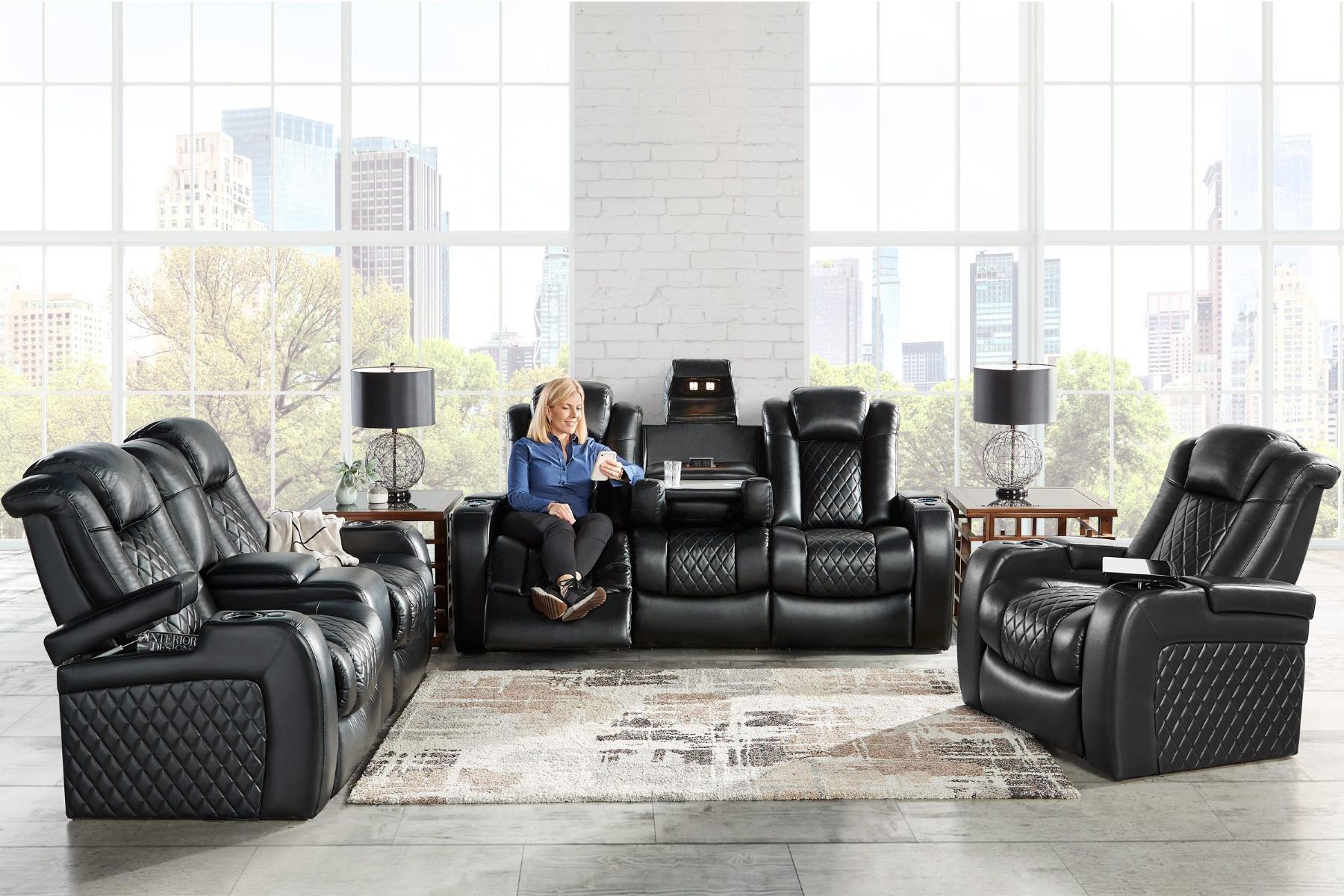
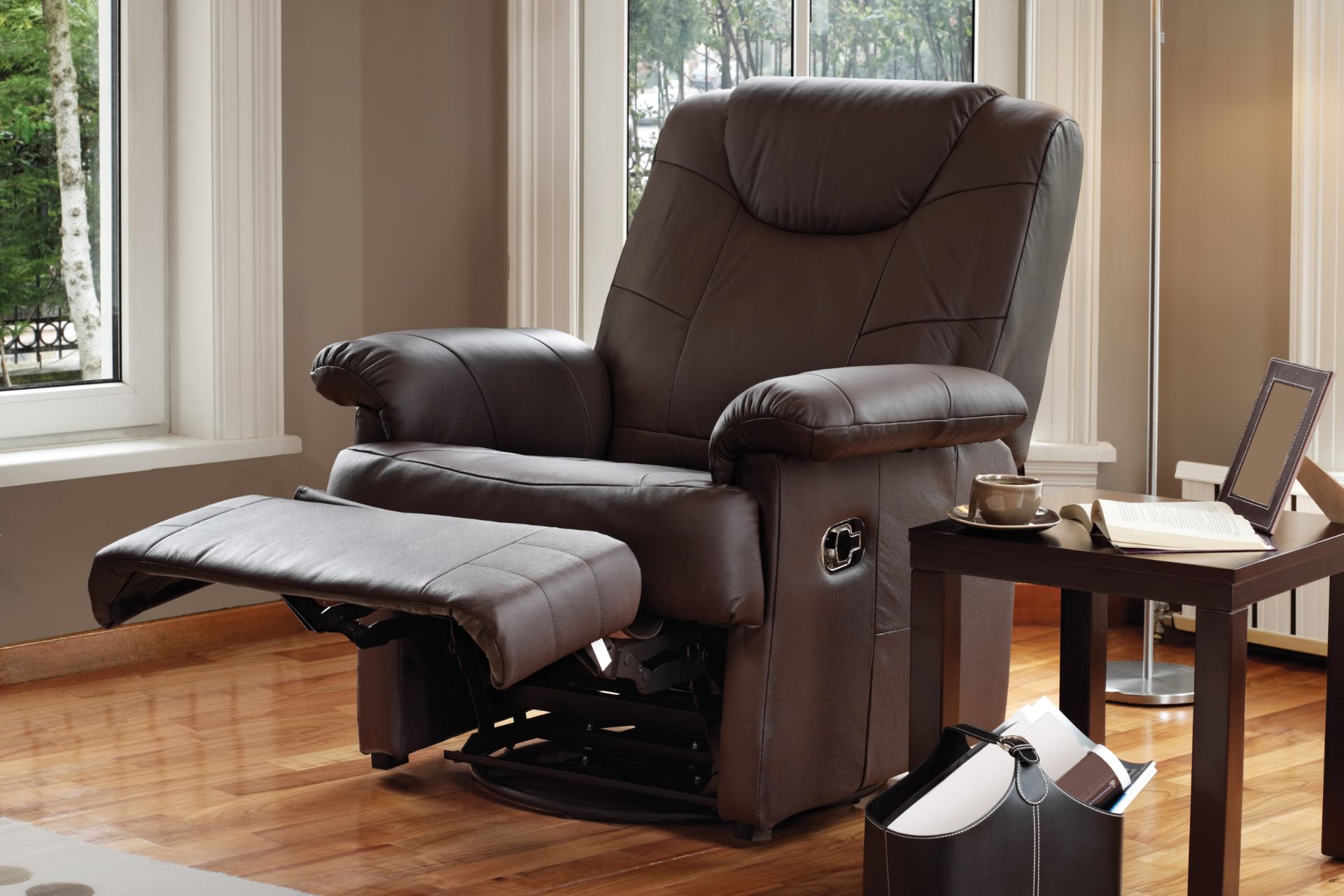
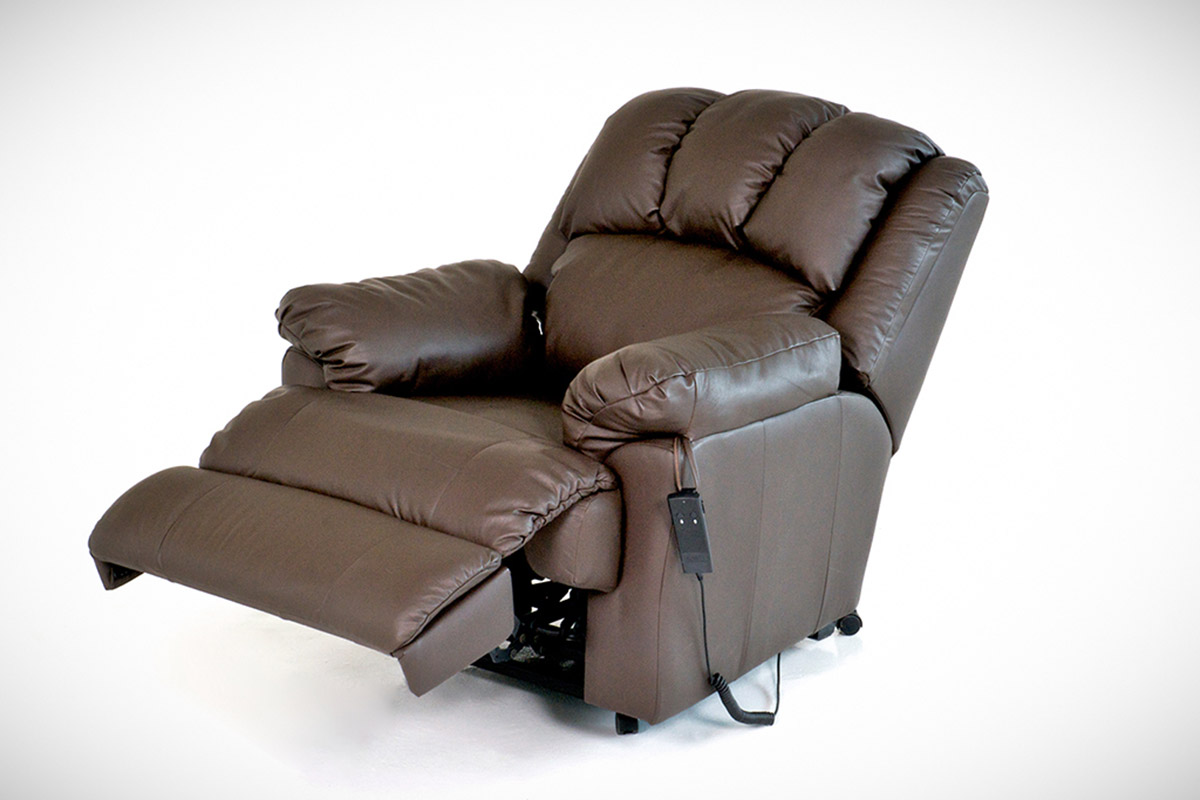
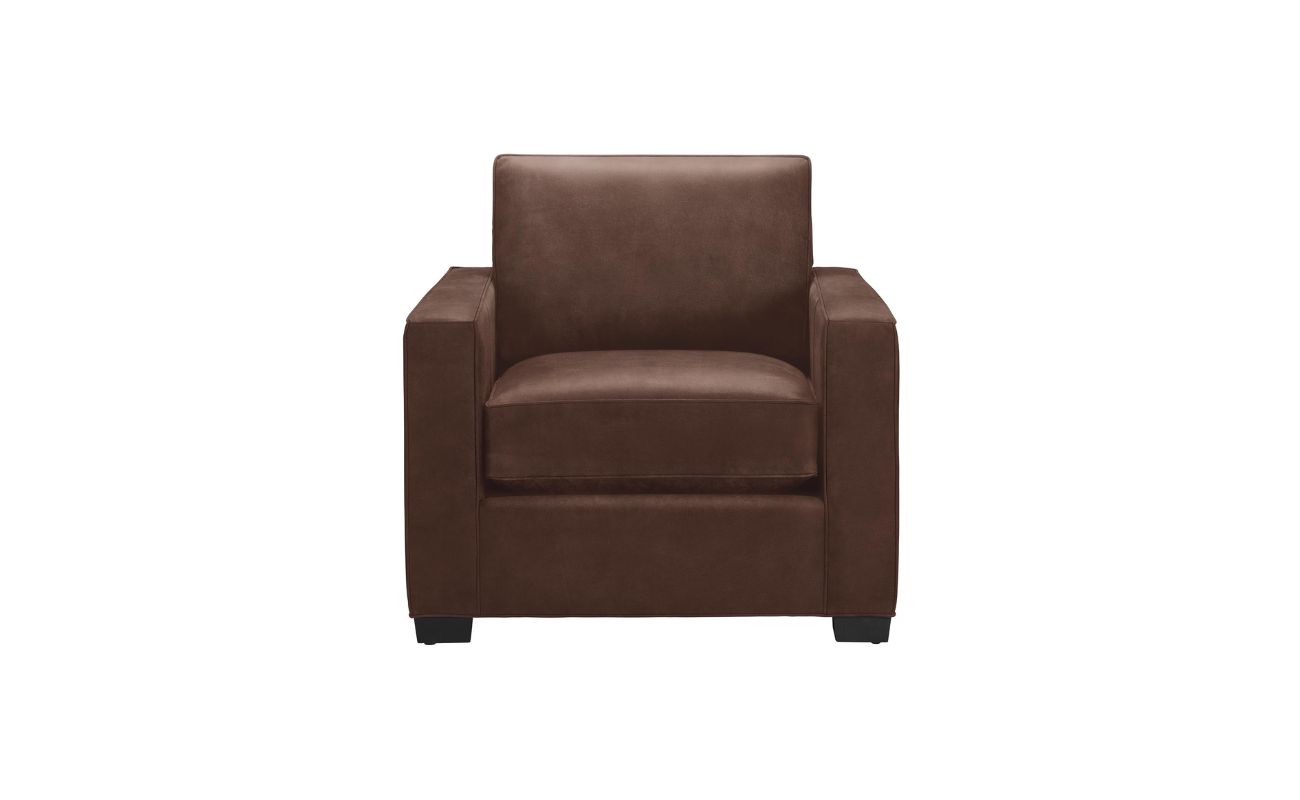
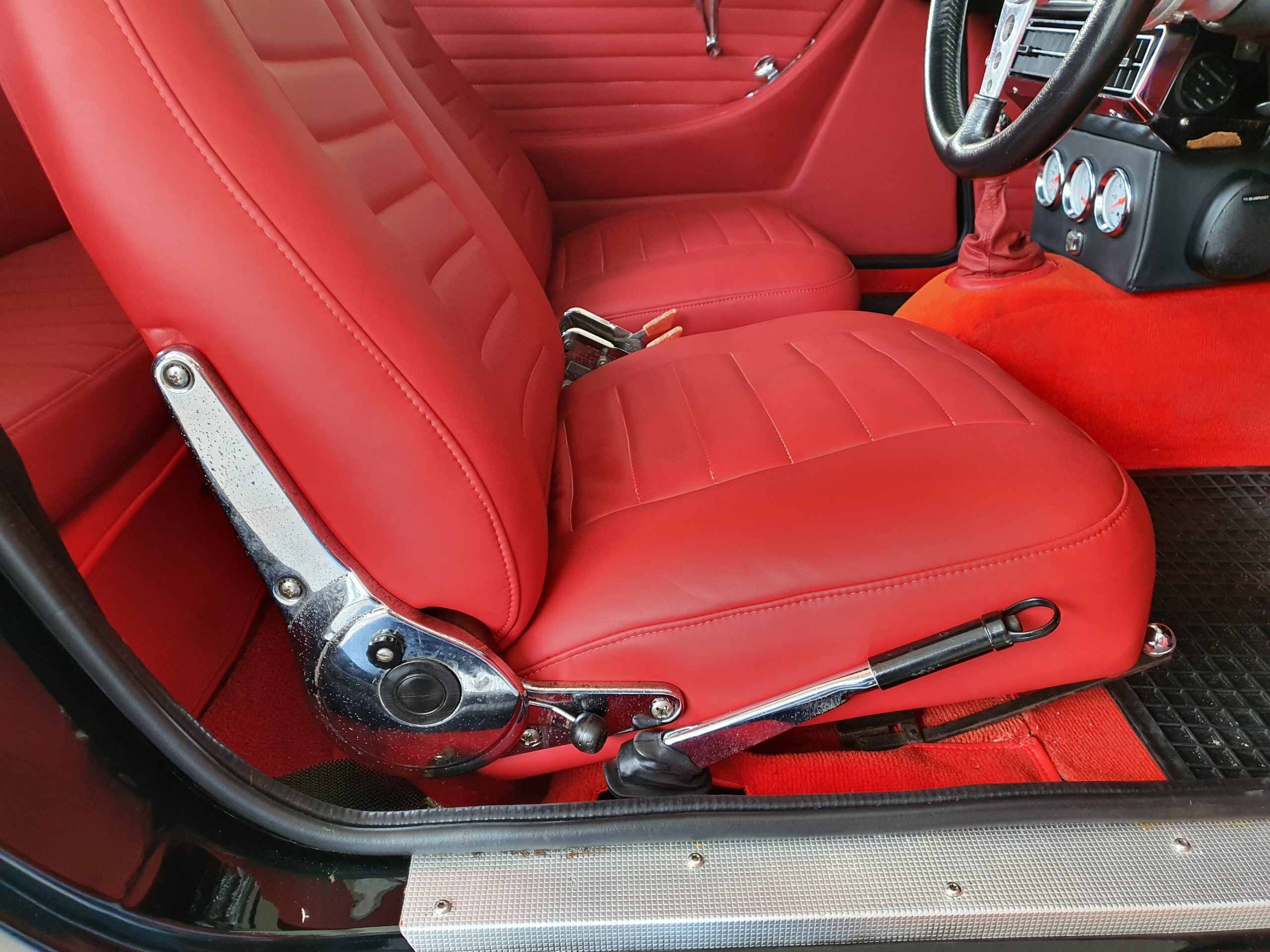
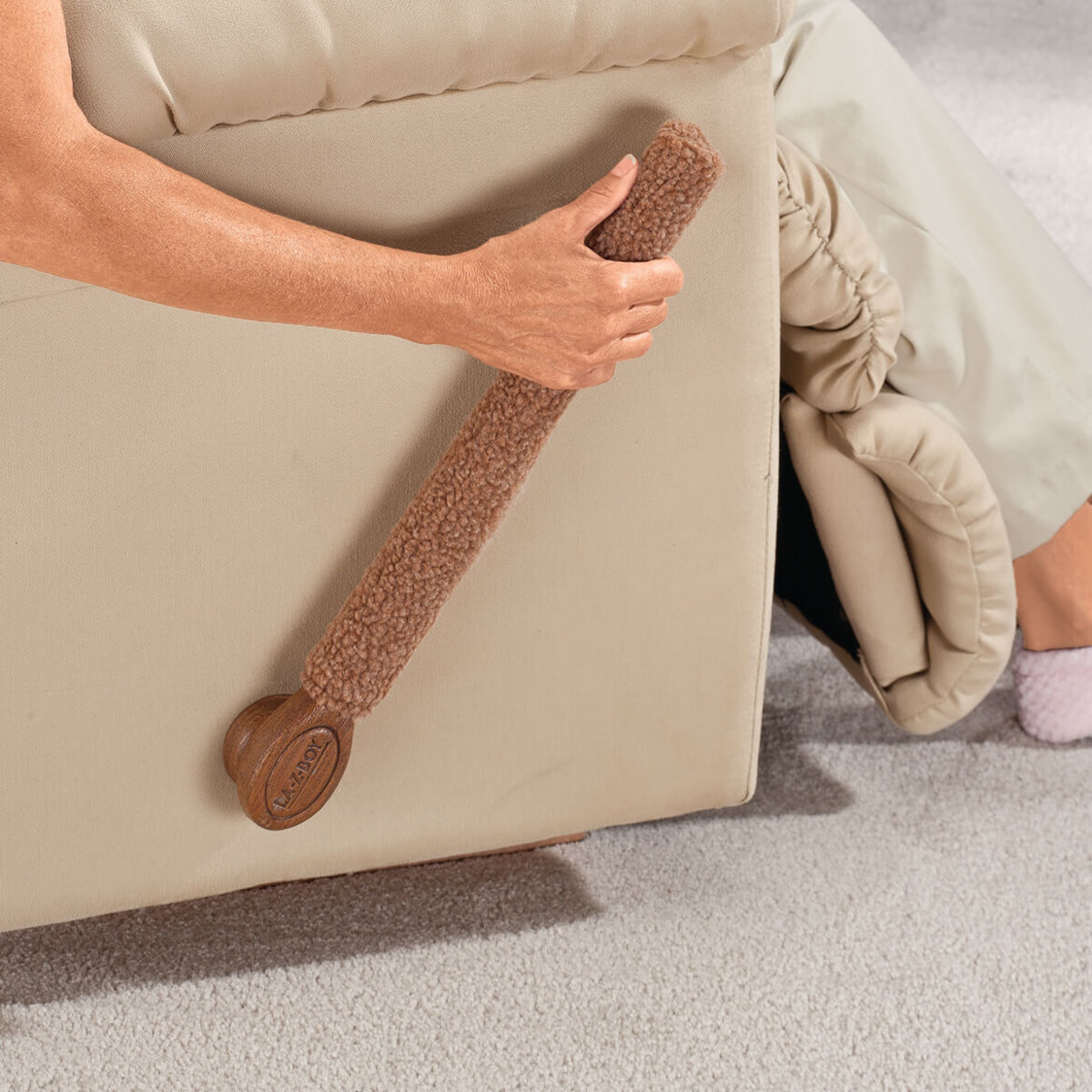
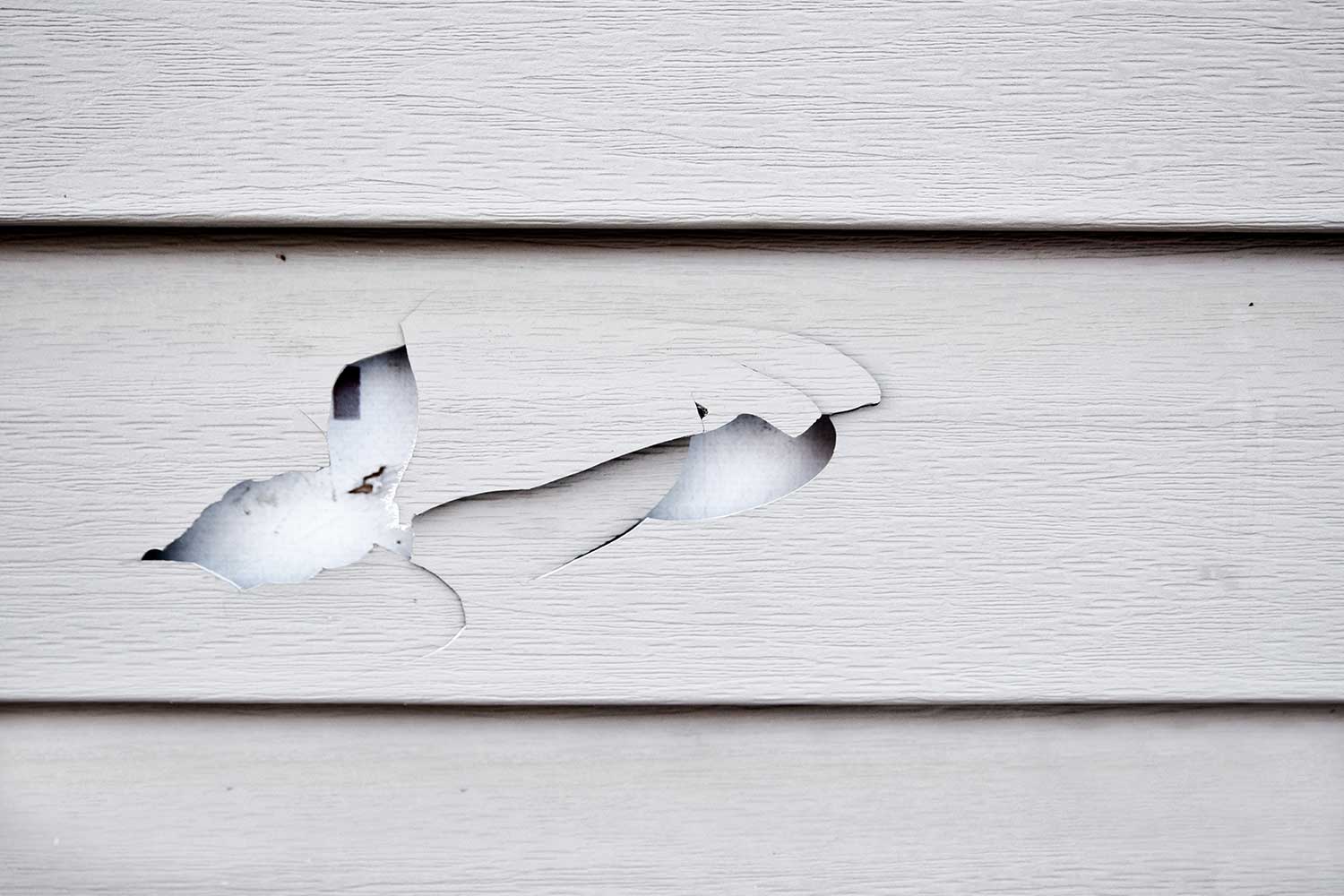

0 thoughts on “How To Fix A Recliner That Leans To One Side”